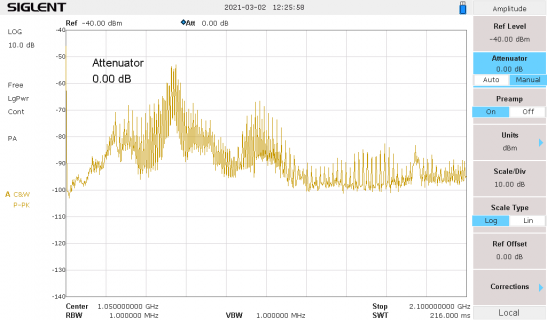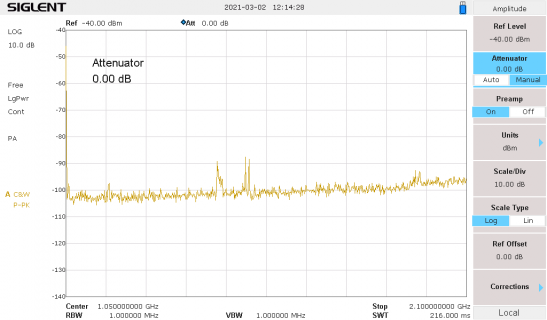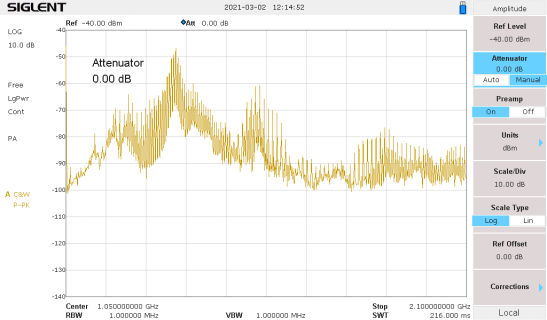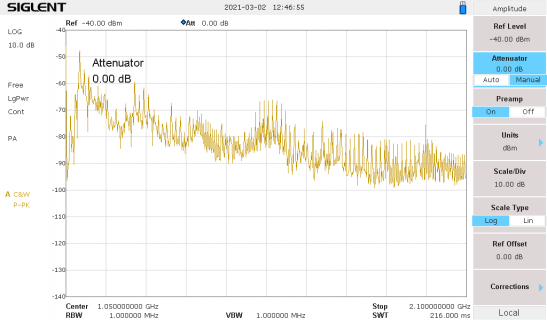I agree. In all fairness to Adafruit, their libraries are not in any way intended for production applications. They have always been clear their libraries are for rapid deployment of Adafruit products by hobbyists, many of whom are beginners. For instance, Adafruit created the CircuitPython fork or MicroPython specifically to make it easier for beginners to use. They did not implement features that engineers would likely require, but that hobbyists are unlikely to understand or want. For instance, no threading and no interrupts.As far as their libraries go they are what most any other manufacturer provided libraries are: Turned out quickly and not optimized. I've run into this with virtually all supplier related libraries.
I can't say this all that much different from my experience with much larger hardware companies like Atmel, ST, or Microchip. I always need to modify, and sometimes rewrite, manufacturer-supplied libraries to get production-ready functionality, reliability, and performance. I think this is OK; the intent of these libraries is not to be deployable solutions, rather to demonstrate the underlying hardware or technology in "application note" style.
Sorry for going off topic.





